“Step into my parlour,” said the spider to the fly. Unfortunately for you, this spider’s parlour happens to be your living room.
Most common house spiders will set up shop where food’s available, and can become unwanted guests – especially come winter. Some species are harmless to humans and will generally stay out of the way, but others can be highly poisonous.
Spider bites can also cause a histamine reaction, especially in those allergic to bee stings. Being able to identify the most common house spiders and their threat level will help you decide whether to evict these little guys, or allow them to earn their keep.
Related: How to Get Rid of Spiders in Your Home, Garage, or Yard
#1 – American House Spider (Parasteatoda tepidariorum)
One of the most beneficial arachnids to find in your home is also one of the most common types. These common house spiders are part of a group called cobweb spiders and are responsible for those messy webs you find in the corners of a room. Barring an allergic reaction, they are completely harmless to humans or pets.
You can identify an American house spider by the brown, tan, or grey bodies with darker brown markings, and their rounded abdomen. The largest can stand on a nickel.
As a general rule, they prefer more quiet locations, such as the attic, basement, or a closet. However, they’re known to set up shop in a relatively undisturbed corner when there’s a better chance of food.
Related: How to Get Rid of Christmas Tree Spiders
#2 – Black Widow Spider (Latrodectus spp.)
The most notorious of all venomous spiders, black widows are actually far less deadly than their reputation suggests. These arachnids are a glossy black with a bright orange to red hourglass marking on the abdomen. They get their name from the misconception that more aggressive females eat the male after mating.
An effective anti-venom for a black widow’s bite was developed in 1956. Since then, it has become increasingly rare for a person to die from the widow’s “kiss” so long as treatment is sought quickly.
As the venom is a neurotoxin, symptoms may include nausea, hypertension, headaches, abdominal pain, pyrexia, vomiting, or complications to any existing heart problems in even a healthy adult.
#3 – Brown Recluse Spider (Loxosceles reclusa)
The highly dangerous brown recluse spider has an established residence in 15 states. They have a brown or grey body, with an oval-shaped abdomen measuring about 1/3 inches in length, and three pairs of eyes.
The most distinguishing feature, however, is the violin-shaped marking on their body. While not an aggressive species, they will bite when threatened. Eliminating clutter in storage areas and sealing cracks and crevices in your home will help keep them out.
If you believe you or a household member has been bitten by a brown recluse, it’s vital to seek medical attention immediately. The cytotoxin in its venom can cause necrosis and tissue loss near the bite wound.
In addition, a victim can suffer several other symptoms, such as fever, chills, nausea, rashes, and pain. A bite could prove life-threatening for children, the elderly, and pets.
#4 – Hobo Spider (Eratigena agrestis)
The hobo spider is an aggressive species of arachnid has an oblong brown or tan body. As they’re a similar size and color as brown recluse and wolf spiders, it’s easy to confuse them. They’re often referred to as funnel weavers, since their webs resemble funnels, and this can help distinguish them from other spiders.
As with most species of invading spider, hobos aren’t particularly dangerous. Their bite can cause irritation and may have a more pronounced effect on those with allergies or weaker immune systems.
Because they’re more aggressive, you might want to remove this species to avoid a run-in with your children or pets.
Related: How to Identify Spider Poop
#5 – Jumping Spiders (Family Salticidae)
These diurnal spiders are well known for their ability to leave women (and many men) standing on chairs and screaming. Furry and only an inch long with longer front legs, their strange hopping movements and ability to jump when frightened give them this well-earned reputation.
You can find these spiders in a variety of colors, ranging from beige, tan, or brown, to black or grey. Unlike many other house-dwelling spiders, you’re most likely to find a jumping spider somewhere sunny, such as a window sill or bright corner.
The bite of a jumping spider is very similar to a bee sting and has similar side effects. Children and those with spider allergies may have a more extreme reaction, however.
#6 – Long-Bodied Cellar Spider (Pholcus phalangioides)
This common spider species is often mistaken for a daddy long legs, which isn’t actually a spider but a harvestman. The long, thin legs are what causes this confusion, but the long-bodied cellar spider has two body segments as opposed to the harvestman’s one.
In addition, these guys have a round body and either brownish-tan, beige, or grey bodies.
You’ll find them throughout the house, although they prefer dark and damp locations to build their webs. Cellars, garages, and crawl spaces tend to be their favorite haunts.
While creepy (you don’t want to find one of these or bed worms in your bed), these spiders don’t bite and therefore pose the least threat to your household.
#7 – Orb Weaver (Family Araneidae)
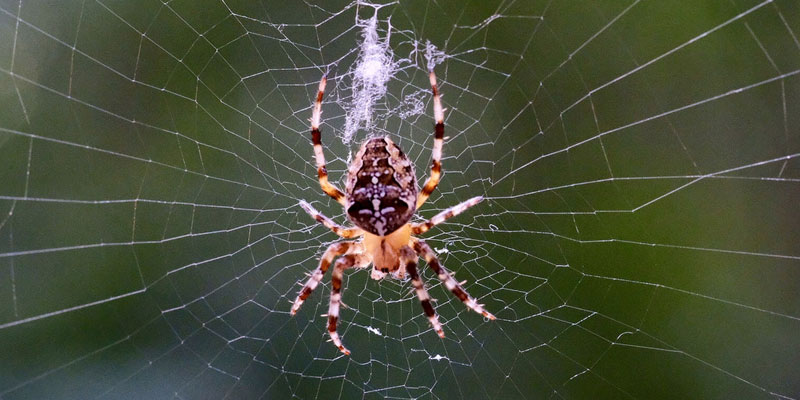
These are the types of spiders most people think of first (especially if you know who Charlotte is). They spin beautifully ornate webs (unless drunk) and have large round abdomens. Their bodies have dark to light brown patterns and eyes set in two rows of four.
Non-aggressive and of no threat to humans, these guys can be a major benefit in the yard or garden. When they come in, however, they can be a nuisance and their clutch contains several hundred offspring waiting to greet you in the spring.
Additionally, the oldest known orb weaver fossils date back to the Lower Cretaceous Period - between 100.5 and 150 million years ago!
#8 – Sac Spiders (Families Clubionidae, Miturgidae, and Corinnidae)
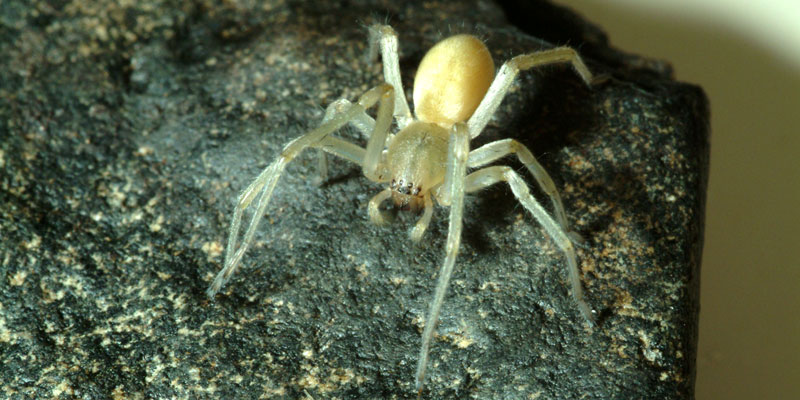
While not a specific species, you’ll find these to be incredibly common house spiders. The group is so named because they lay their eggs in sacs and don’t spin webs. Yellow sac spiders are the most common household variety, although other light-colored species will also move in. They have small, 1/2 inch oval bodies and two rows of eyes.
See Also: How to Keep Spiders Away While You Sleep
In general, sac spider bites produce a bit of swelling and irritation. Those with allergies can have more violent reactions. When you see a white silk egg sac in a corner or under furniture, be sure to check for a guarding female before getting rid of the spider eggs.
#9 – Wolf Spiders (Family Lycosidae)
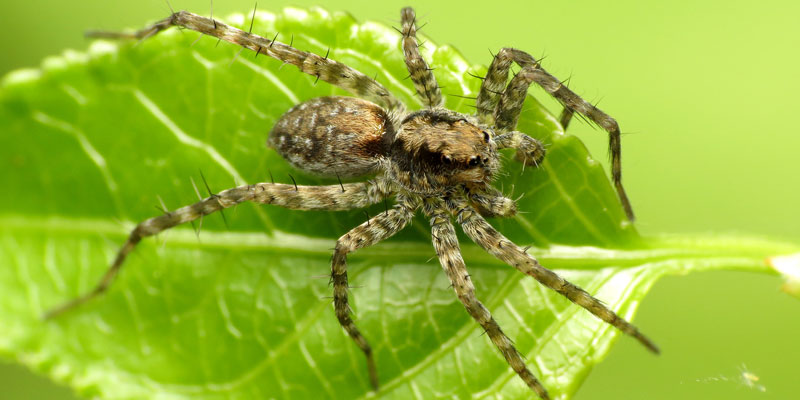
These large spiders are active hunters and can easily enter your home through small cracks. Their large bodies have furry legs and may be brown, black, tan, or greyish-beige in color. As they’re over an inch in length, they can seem quite intimidating.
See Also: Wolf Spider Facts
Wolf spiders will only bite in self defense, and the results can be quite painful but generally harmless. Those with allergies or weaker immune systems are more likely to have reactions to the wolf spider’s venom and should seek treatment.
Oddly enough, wolf spiders make great pets and are quite popular among arachnid lovers. To learn more about the largest common house spiders, please check out our in-depth guide.
#10 – Spider X? (the Tenth Spider Type)
So what happens if you spot a spider in the house and can’t confirm it’s one of the nine we mentioned? Just because this list talks about the nine most common types of house spiders doesn’t mean those are the only ones that can wander inside.
Any hunting spider may find its way indoors, and this can often lead to a spider infestation. But be warned: whether or not you have a fear of spiders (and this goes for any other pest phobia as well), you shouldn’t try to take down spider webs or attack an unknown arachnid with your bare hands.
There aren’t a lot of dangerous spiders in the United States, and they tend to have distinctive markings. However, there’s always a chance that encountering a new type of spider may reveal a sensitivity you didn’t know about. Remember, the venom from one spider to another is different, so you could prove allergic to one species but not another.
More importantly, remember that spiders love dark corners and other hiding spots, and many have poor vision. Getting too close too fast may make them react in self-defense. But they’d much rather avoid you when possible and go about their business in peace.
- How to Get Rid of Hawks - March 8, 2024
- How to Get Rid of Pill Bugs (Rolly Pollies) - March 1, 2024
- How to Get Rid of Groundhogs (Woodchucks) - February 5, 2024

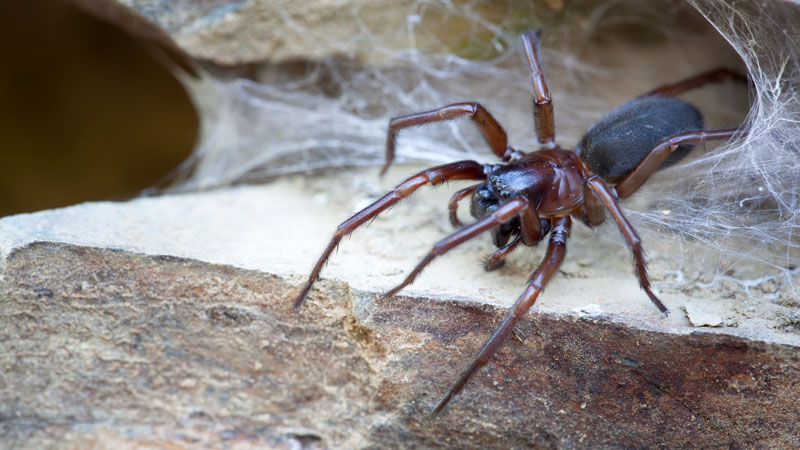

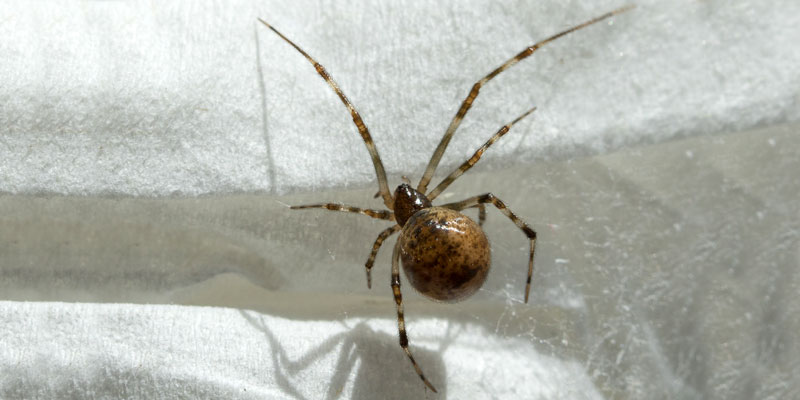
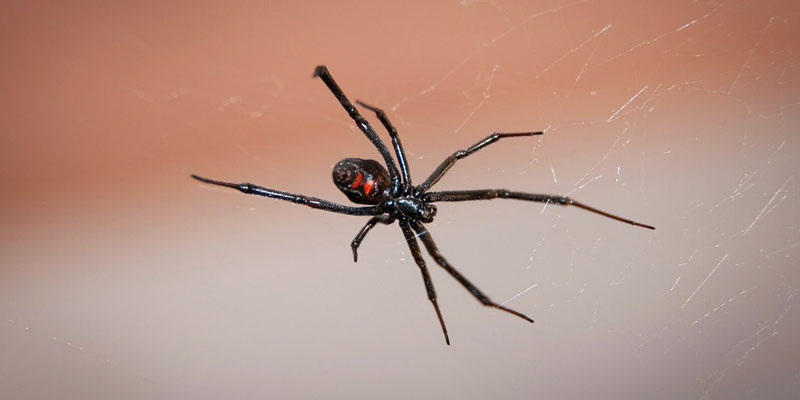
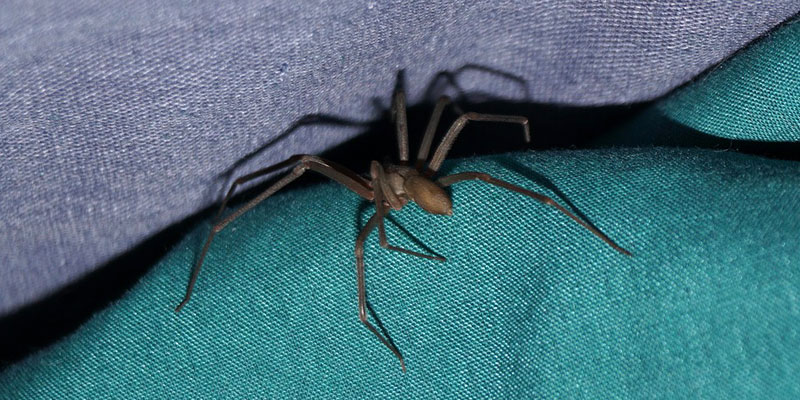
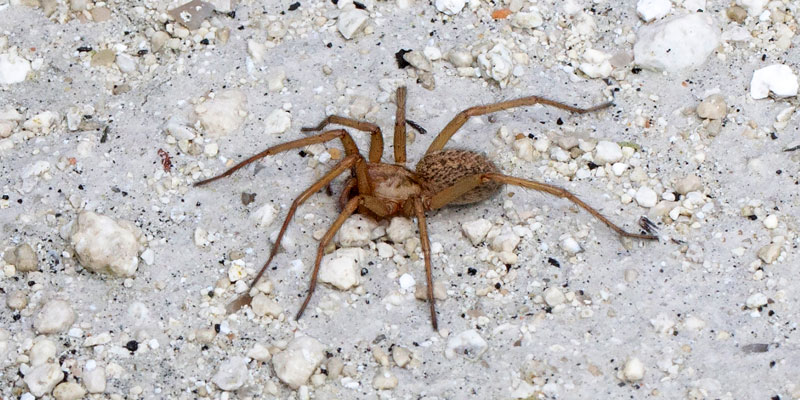
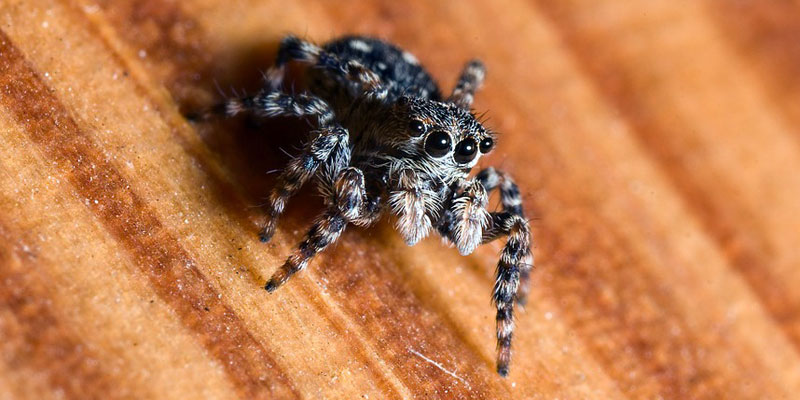
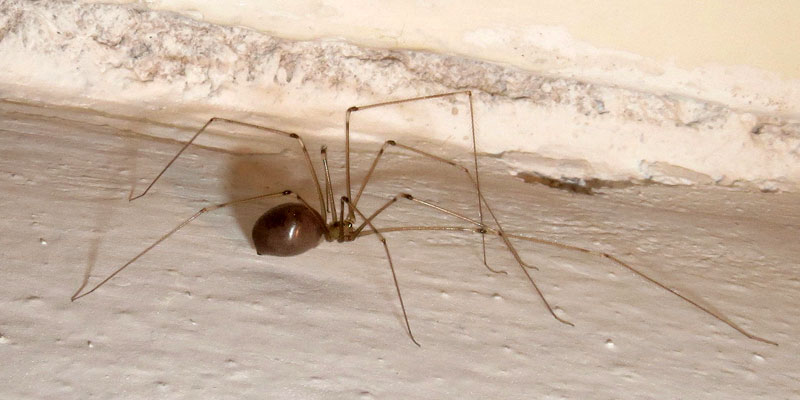
I found this in my home. What is it?
Hi Candy. Unfortunately, attachments aren’t allowed in the contact form. If you’d like, go ahead and send the image to morgans1665 (at) gmail.com and I’ll do my best to help.
I was wondering what a tiny grey spider was? It was incredibly small and crawling up my baby sisters arm. Thanks for the help!
Identifying critters can be difficult, but my wife and I use an app that’s proven pretty useful. It’s called iNaturalist and allows you to upload pictures of flora and fauna for other users to identify. There is also a pretty extensive searchable database of identified photos. It’s not as good as knowing an expert, but it will definitely help you narrow down what type of spider you’ve encountered.
This article was very helpful after I found an orb weaver on the screen door. I left it alone to do its spidery thing!
so I just recently was in the restroom doing my business when I saw a very fast brownish spider about half an inch in length scurry across the wall next to me and onto the floor. what threw me off was that it didn’t look the least bit similar to wolf spiders (of which are quite a common occurrence in my house; there are millions in the yard at night too), and it kept bowing its head to the floor every few steps (scurries?). needless to say, it looked like it had had more than its fair dose of spider LSD. this man was having his own spider marathon. anyways, that thing was freaky, and not a lot of people in my family like spiders. the fact that this one threw me off so much seems to be a very important factor for me. In hindsight, I am pretty sure it was a brown recluse, but that isn’t bad because I live in good old texas. help.
What kind of spider is on the very first picture?
I believe it’s a Metaltella simoni.
I’m only reading this because a spider fell onto my arm from the ceiling and though I don’t mind spiders living in the same house, having them crawl on me is something completely different. I felt a tickle on the back of my arm and I scratched my arm only to see a spider dart across my bed. I don’t think I’m sleeping tonight.